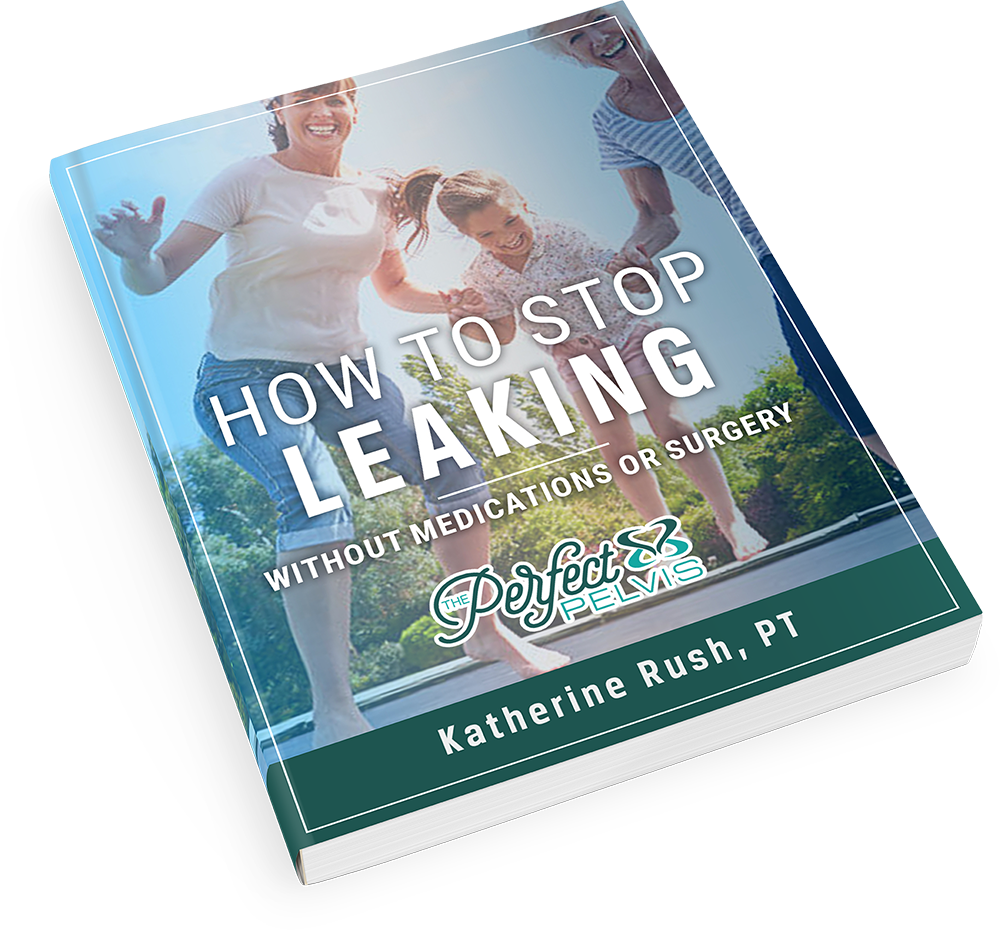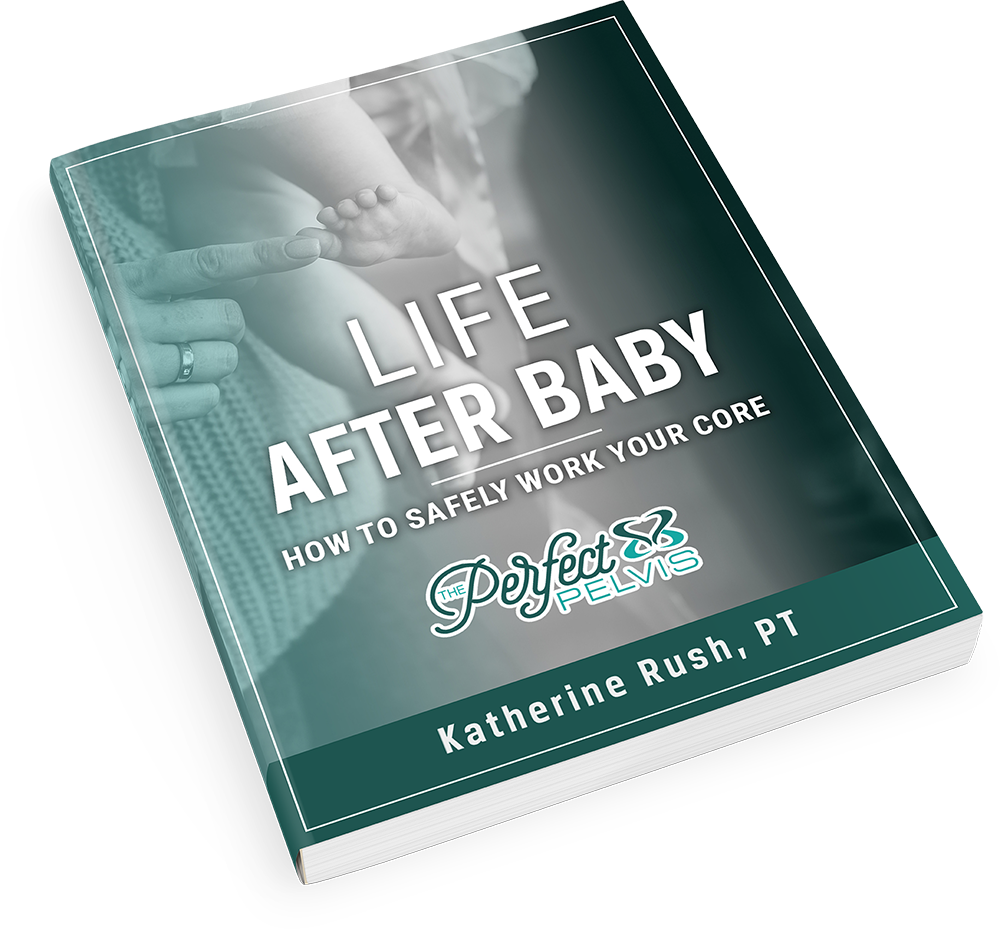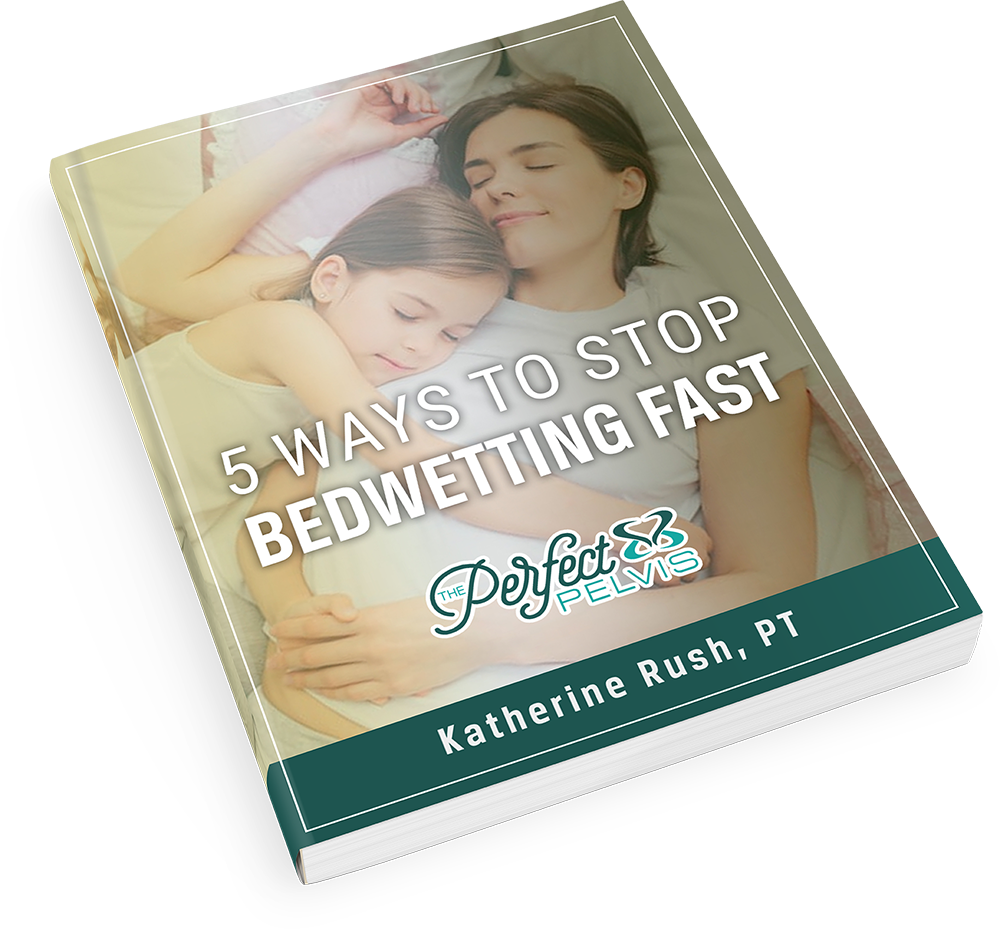We often get asked the question, “Can you exercise when dealing with incontinence?” The short answer is yes.
Struggling with incontinence can be difficult and embarrassing. It can cause physical discomfort, social issues, and even shame. Incontinence is caused by a variety of factors such as aging, certain diseases or medical conditions, weakened muscles around the bladder or pelvic floor, and childbirth.
Regardless of the cause, it is important to take care of incontinence as soon as possible. Left untreated, incontinence can worsen over time leading to greater physical and emotional distress.
Incontinence affects millions of people each year and treatment options are available to help manage symptoms including lifestyle changes like cutting back on caffeine or changing eating habits; medications that relax the bladder muscles; special exercises to strengthen the muscles around the urethra; devices to help control urine flow; and surgery.
It is important for individuals with incontinence to understand that it is a treatable condition and that there are many ways to seek help. Talk to your doctor to find the best treatment plan for you. With proper care and support, managing incontinence can become easier over time. Take action today and begin the journey towards improved quality of life.
Can You Exercise When Dealing With Incontinence?
Exercising with incontinence can be difficult, but it is important for individuals to remain active. Incontinence can make exercising uncomfortable and embarrassing, as well as cause individuals to feel self-conscious about their participation in activities that involve movement.
Despite this, it is important to continue exercising because of the numerous benefits associated with physical activity. Exercise has been proven to improve bladder control and reduce symptoms of incontinence. In addition, exercise helps people manage stress, boosts energy levels, and improves overall mood.
Individuals who suffer from incontinence have a number of strategies they can use in order to stay active without exacerbating their condition. Wearing absorbent products such as pads or diapers while exercising can help keep moisture away from the skin and reduce discomfort.
Additionally, it is a good idea to drink plenty of fluids before exercising in order to prevent dehydration, which can worsen symptoms of incontinence. It may also be beneficial to exercise with an instructor or trusted friend who understands the condition in order to ensure that exercises are being done correctly and that help is available if needed.
Exercising with incontinence does not have to be uncomfortable or embarrassing. With proper preparation and the right techniques, individuals can stay active without fear of exacerbating their symptoms. Exercise has numerous benefits for mental and physical health, so it is important for people with incontinence to continue being active despite any difficulties they face.
By taking advantage of strategies such as wearing absorbent products and seeking the help of a trusted friend, individuals can stay active and enjoy all the benefits that physical activity provides.
5 Exercises You Can Do When Struggling With Incontinence
1. Pelvic Floor Muscle Exercises: Strengthening the pelvic floor muscles can help improve bladder and bowel control. Focus on contracting the muscles for 3-5 seconds, then releasing them for a count of 10-15 seconds.
2. Pelvic Tilts: Pelvic tilts involve lying on your back with your knees bent and feet flat on the floor, then arching your lower back while pressing your abdominal muscles down into the bed or floor surface. This helps strengthen core muscles and may improve bladder control when repeated regularly.
3. Hip Bridges: Lie on your back with your knees bent and feet flat on the floor about hip-width apart. Squeeze your glutes and push down through both feet as you lift your hips off the ground until your body forms a straight line from shoulders to knees. Hold this position before returning to start.
4. Squats: Start with your feet hip-width apart and slowly lower yourself into a squat position until your thighs are parallel to the ground, keeping your back straight but not locked. Hold this position for a few seconds before returning to start.
5. Pilates Exercises: Pilates exercises can help improve core strength, balance, and stability which can help you manage incontinence symptoms. Focus on maintaining good form while doing lighter exercises like pelvic curls or heel slides that target the pelvic floor muscles.
How Can Physical Therapy Help With Incontinence?
Physical therapists are trained to assess and treat a variety of conditions, including incontinence. Physical therapy can be beneficial for those suffering from incontinence due to the non-pharmaceutical approach it takes to address the issue.
Pelvic floor physical therapy specifically focuses on strengthening the pelvic floor muscles which can help reduce episodes of incontinence by promoting better control over bladder and bowel movements.
Exercises prescribed as part of a physical therapy regimen may include kegel exercises, pelvic tilts, or other light activities that target specific muscle groups in order to strengthen them.
This type of exercise can also be done at home with minimal instruction from a physical therapist. Additionally, manual techniques such as myofascial release or trigger point release may be used to improve muscle tone and control.
Lastly, physical therapists are trained in the assessment of postural, functional mobility, lifestyle habits, and other factors that could contribute to incontinence or worsen existing symptoms.
Through education and advice about these areas as well as dietary recommendations, physical therapists can help individuals take an active role in their own recovery. Physical therapy can also help identify any underlying medical conditions that might be causing or exacerbating incontinence.
Are You Afraid That You Are Making Things Worse In Regards To Incontinence?
Have you been experiencing issues with incontinence and it has kept you from staying active and getting the proper exercise you need? Then feel free to schedule a free phone consult, or contact us to arrange a $57 Incontinence Screening. You can also feel free to give us a call at 816.607.3747 (We still like to talk on the phone!)
We love to keep people in Lee’s Summit, mobile, active, and off pain pills – let our expertise go to work for you to help you stay happy and healthy.
Don’t forget, you can schedule a no-obligation (and free!) phone consult or visit us at our Lee’s Summit clinic as part of your $57 Incontinence Screening. Or just give us a call at 816.607.3747.
We look forward to hearing from you,
Katy Rush, PT
Other Free Resources To Help With Incontinence
Download our free report – 5 Ways To Stop Bedwetting Fast
Read our blog- This Could Be Making Your Struggle With Incontinence Worse
Read our blog- Different Types of Incontinence And How To Treat Them
Follow Us On Social Media – Facebook, Instagram, Twitter, and LinkedIn








